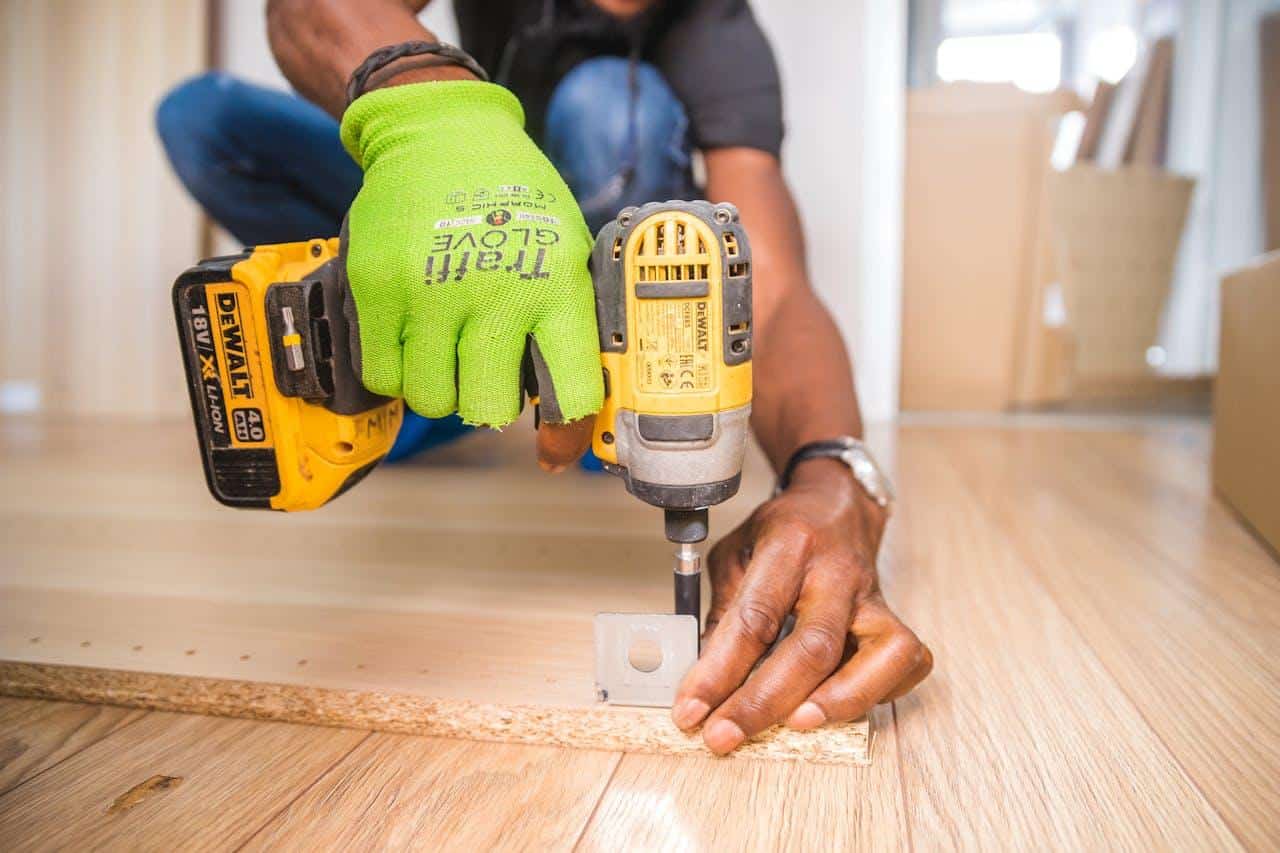Technology has changed the construction industry in many ways, making processes more efficient, organized, and effective.
Construction management, which once relied heavily on manual labor and paperwork, now benefits from advanced software, digital tools, and automation.
These tools have improved project planning, communication, budgeting, and overall workflow.
They help construction managers handle complex projects with more precision and reduce errors, delays, and costs.
In cities and regions across the world, construction managers are increasingly adopting technology to streamline their operations.
It’s no longer about just getting the job done but doing it in the most efficient and effective way possible.
This shift toward technological solutions has made construction projects safer, faster, and more reliable.
In this blog, we will share how technology is shaping modern construction management and why it’s becoming a game-changer for the industry.
Digital Payment Solutions
Managing payments and invoicing is one of the most challenging aspects of construction management.
It often involves dealing with multiple clients, suppliers, and subcontractors, which can be overwhelming if done manually.
Digital payment solutions have simplified this process, allowing construction managers to track payments, send invoices, and receive funds electronically.
A platform like Hearth has made it easier for contractors to manage payments efficiently. It offers a way to send invoices and accept payments online, helping to reduce delays and errors that often come with traditional payment methods.
This platform allows construction managers to focus more on the project itself rather than spending time chasing payments or handling paperwork.
By adopting such digital payment solutions, construction teams can improve their cash flow, reduce administrative work, and enhance overall efficiency.
Digital payment platforms also offer transparency, making it easier for managers to keep track of expenses and payments in real-time.
This not only speeds up the payment process but also minimizes the risk of financial disputes, ascertaining smooth project progression.
Project Management Software
Project management software has become an essential tool for modern construction projects.
These digital platforms offer a centralized way to manage different aspects of a construction project, such as timelines, budgets, tasks, and resources.
Construction managers can monitor project progress, assign tasks to team members, and track expenses, all from a single platform.
Such software options provide construction managers with features that make it easier to organize projects from start to finish.
They allow managers to create schedules, track project milestones, and monitor deadlines, which helps keep everything on track.
This level of organization guarantees that projects are completed on time and within budget.
Project management software also improves communication among team members. It provides a space where everyone can collaborate, share updates, and address issues in real time.
This reduces misunderstandings, minimizes errors, and keeps the entire team aligned with the project goals.
Drones for Site Monitoring
Drones have become a valuable tool for construction managers, especially when working on large or complex sites.
They offer a quick and efficient way to monitor progress, inspect areas that are difficult to reach, and capture aerial footage of the construction site.
Drones provide real-time visuals, allowing construction managers to identify potential problems or safety hazards early.
Using drones for site monitoring can save time and money. Instead of manually inspecting the entire site, managers can use drones to get an overview of the project’s status.
This technology also helps with data collection, as drones can create detailed maps and 3D models of the site.
This information can be shared with team members, clients, or stakeholders, providing a clear view of the project’s progress.
Drones are also helpful for site surveys, which can be time-consuming when done manually.
They can quickly gather accurate data, allowing construction managers to make informed decisions without delays.
Wearable Technology for Safety
Safety is a top priority in construction, and wearable technology has become an essential tool for protecting workers on-site.
Wearable devices, such as smart helmets, safety vests, and wristbands, can monitor a worker’s health, track movements, and detect potential hazards.
For instance, some smart helmets have sensors that detect falls or collisions, immediately alerting supervisors to potential injuries.
Wearable technology helps prevent accidents by providing real-time data on worker safety. If conditions become dangerous, supervisors can take quick action to prevent injuries.
These devices also track workers’ fatigue levels, helping managers identify when someone may need a break.
By incorporating wearable technology, construction managers can maintain a safer work environment and reduce the risk of accidents.
Cloud-Based Document Management
Managing documents and files can be a challenge on construction projects, especially when multiple people need access to the latest plans, contracts, or reports.
Cloud-based document management systems have simplified this process by allowing construction managers to store, share, and access documents from any device.
This means that everyone involved in the project can access the most up-to-date information, ensuring that there are no misunderstandings or outdated plans being used.
Cloud-based systems also make collaboration easier, as team members can view, edit, and comment on documents in real time.
This level of organization reduces delays, keeps everyone on the same page, and improves overall project efficiency.
Robotics and Automation
Robotics and automation are gradually becoming more common in construction management, helping to reduce manual labor and improve efficiency.
Robots can perform repetitive tasks such as bricklaying, welding, and concrete pouring, which allows human workers to focus on more complex tasks.
Automation also speeds up construction processes and reduces the chances of errors.
For example, 3D printing technology can be used to create building components quickly and accurately, which reduces waste and speeds up the construction process.
By integrating robotics and automation, construction managers can complete projects faster and with greater precision, ultimately saving time and resources.
The bottom line: technology has completely reshaped the construction industry. It’s no longer just about bricks and mortar.
Today, we’re using powerful tools to design, plan, build, and maintain structures more efficiently and sustainably.
From wearable technology to drones, technology is helping us work smarter and faster.
As technology continues to advance, it’s clear that construction professionals who embrace these innovations will be at the forefront of the industry.








